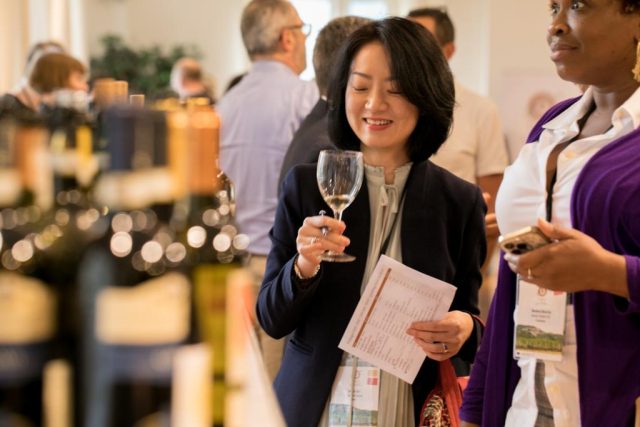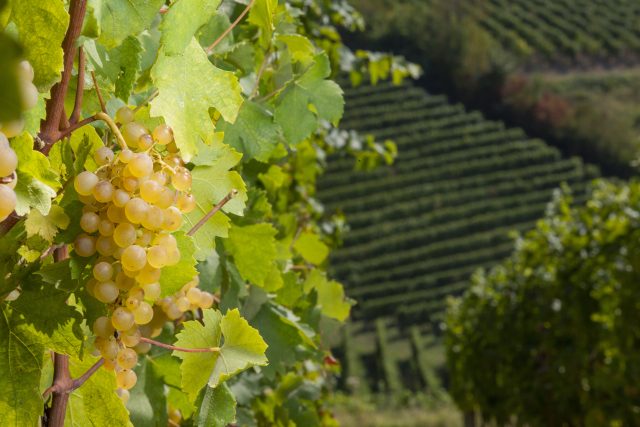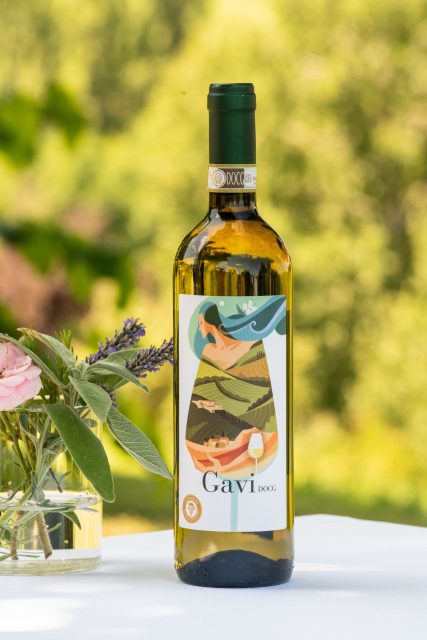This website uses cookies so that we can provide you with the best user experience possible. Cookie information is stored in your browser and performs functions such as recognising you when you return to our website and helping our team to understand which sections of the website you find most interesting and useful.
Consorzio Tutela del Gavi: aged white wines are a ‘better match’ for modern food pairings
Producing 14 million bottles of white wine exported to over 100 countries all over the world, Consorzio Tutela del Gavi is on a mission to spread the word about ageability when it comes to Gavi DOCG wines.

This denomination covers an area that stretches for almost 1,600 hectares, including 11 municipalities in the province of Alessandria, Piedmont.
Piedmont is certainly famous for its reds, but in the south-eastern corner of the region, along the border with Liguria, just a few kilometres from Portofino, this native white grape variety has found its natural habitat.
The Cortese grape – with its golden hues and ancient origins – makes up 100% of Gavi DOCG wines. And these are wines with remarkable versatility — something the Consorzio is keen to let people know.
The dry and still wine, straw yellow in colour, is usually drunk young, but Gavi’s longevity is what makes this wine one of the most surprising Italian whites. Its distinct acidity keeps Gavi DOCG wines fresh over the years, allowing them to really shine with a little bit of maturity, with ageing potential of eight to 10 years after harvest, and counting.

“The freshness of Gavi and its marked acidity in its youth, which are the reasons for its pleasantness and its ageability, are complemented by savouriness. Saline and fresh notes make it easy to drink and appreciated by consumers,” says Maurizio Montobbio, president of Consorzio Tutela del Gavi.
In order to highlight the quality of these aged wines, Consorzio Tutela del Gavi promotes the Riserva – which according to regulations requires at least one year of ageing before the release on the market – and aged Gavi with masterclasses and vertical tastings that explore Gavi’s ageability for more than 20 years.
And the Consorzio’s efforts are paying off. Montobbio believes that more and more consumers and members of the wine trade are becoming aware of the potential of these wines.
“Lots of sommeliers and wine lovers are at first very surprised but then very pleased by Gavi’s ageing potential,” he says.
Engagement in the Riserva category is also coming from producers looking to experiment and show off the versatility of their wines. Choice of soil, respect for the vine, low yields per hectare and paying attention to the time of harvesting are all factors in the vineyard which influence Gavi’s ageability, and more and more producers are taking these factors into account.

In the cellar, winemakers are experimenting with temperature control, ageing under lees and bottle ageing before the wine is released to market in order to create the best and most age worthy expressions of the Cortese grape.
“There’s still a lot to do,” Montobbio says, especially with the on-trade sector and the market “pushing for ready-to-drink, fresh-drinking white wines”.
But white wines with a few years of ageing are a “better match” with contemporary food preferences, Montobbio argues, with red meat more and more often being replaced by white meat, fish and vegetables on modern menus.
Founded in 1993, the Consorzio Tutela del Gavi is commissioned by the Ministry of Agriculture to promote, enhance and protect the Gavi DOCG denomination in Italy and around the world.
Today, the Consorzio Tutela del Gavi — which has registered constant growth over the last ten years — includes 190 wineries and more than 500 families working across the supply chain, with 85% of production destined for export.

Related news
UK Christmas lights could buy 14 million mulled wines

